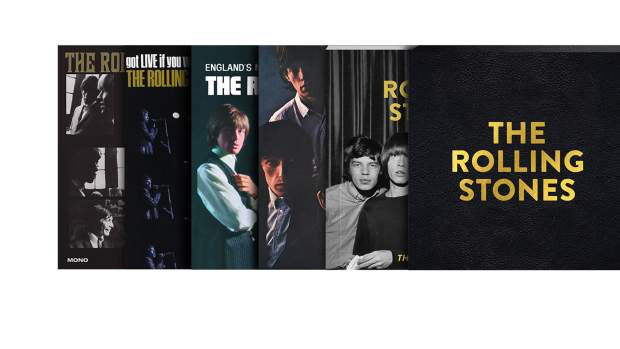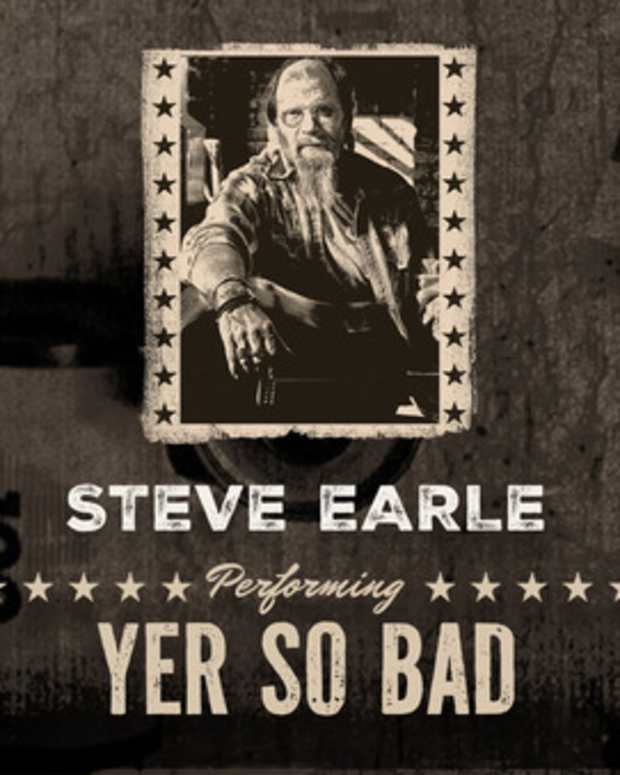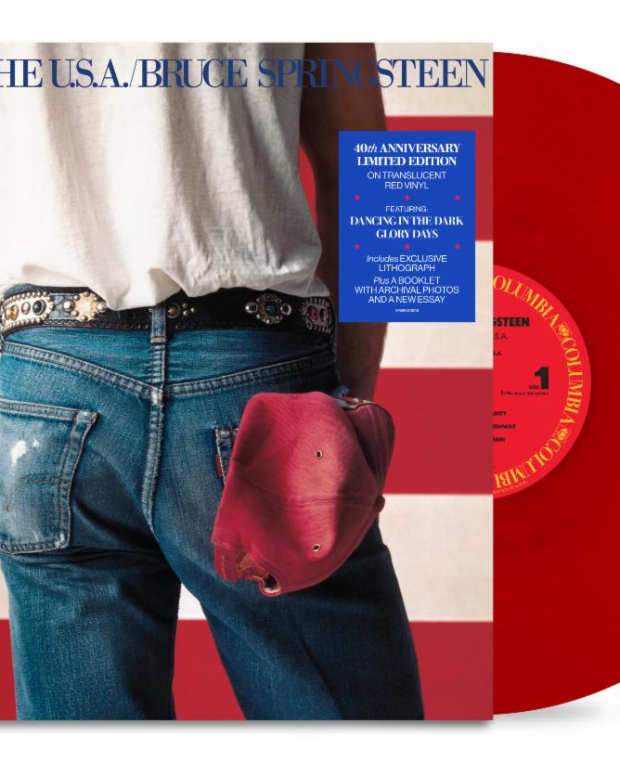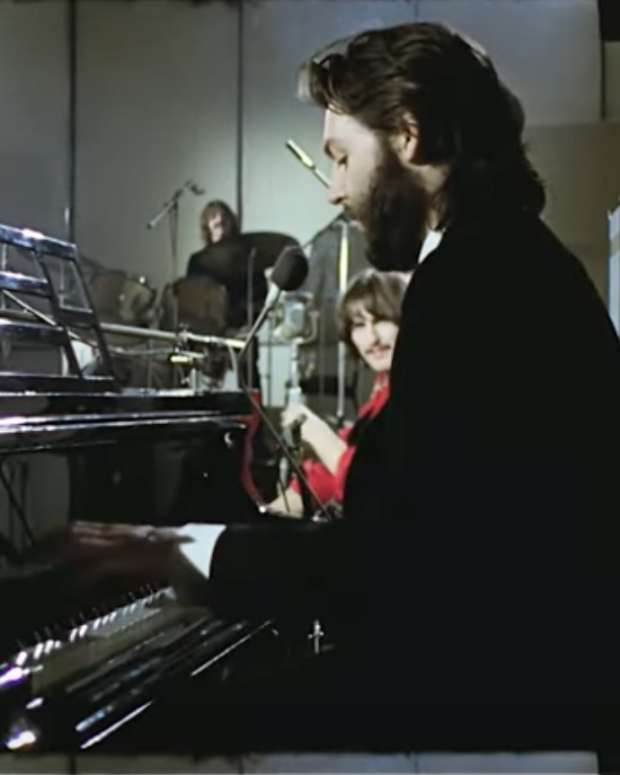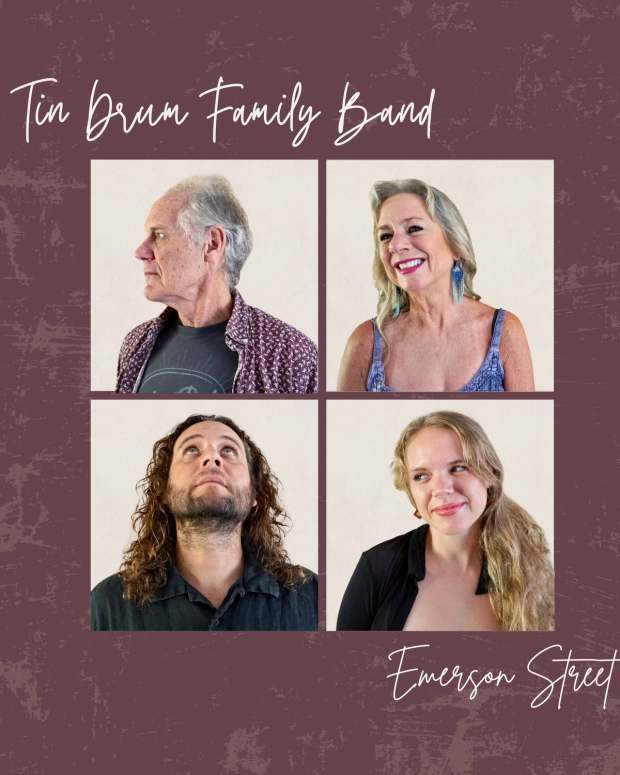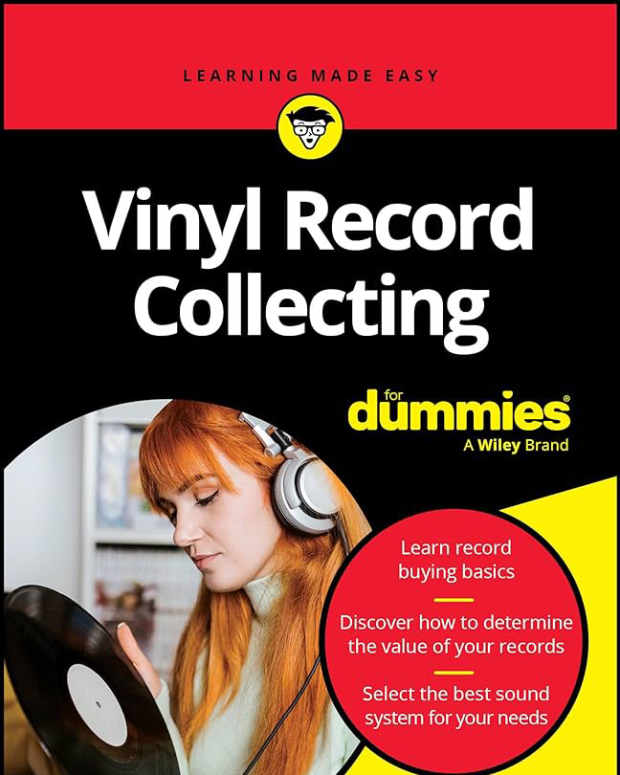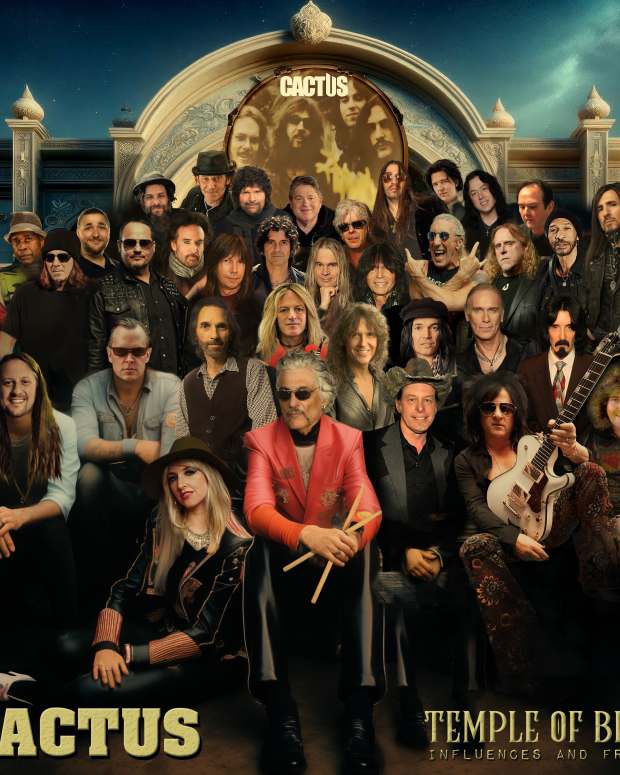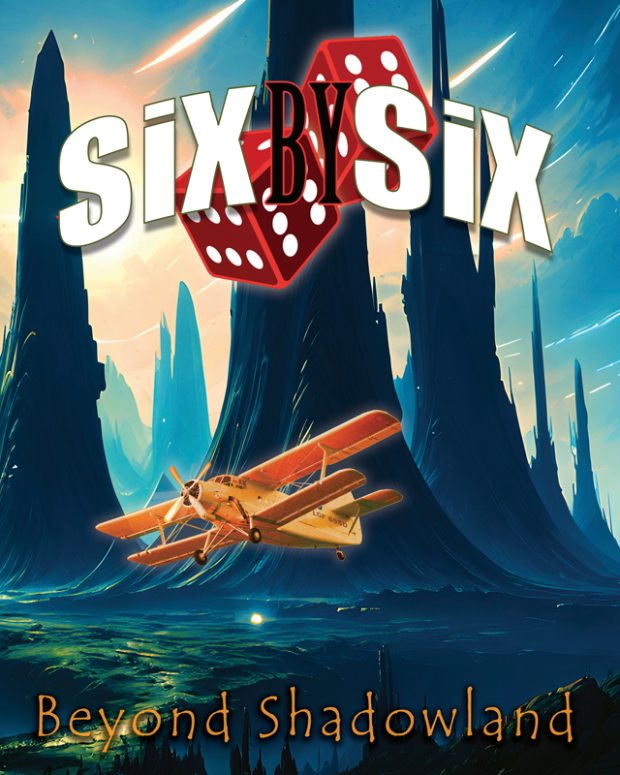Interview: Ron Dante of The Archies

NEW BRUNSWICK, NJ - JUNE 14: Musician/singer Ron Dante of The Archies performs with The Happy Together Tour at State Theater on June 14, 2017 in New Brunswick, New Jersey. (Photo by Bobby Bank/Getty Images)
By Warren Kurtz
RON DANTE is a name you may not have recognized when buying hit singles in 1969, “Sugar, Sugar” by The Archies and “Tracy” by the Cuff Links, but it was Ron Dante’s voice we heard on the radio, singing those bubbly songs that year. In the ‘70s he shifted to producing acts including Barry Manilow and Cher. Now Ron is touring, playing his hits and other oldies in a variety of concerts including this summer’s Happy Together Tour 2017. Goldmine spoke with Ron Dante about his recording, producing, and performing career.
GOLDMINE: Your first hit single was the 1965 Top 20 fun, novelty record, “Leader of the Laundromat” by The Detergents.
Ron Dante: That one came out of left field. Paul Vance and Lee Pockriss had written a variety of songs, including “Itsy Bitsy Teenie Weenie Yellow Polka Dot Bikini.” Tommy Wynn, Danny Jordan and I cut five or six tracks with them. “Leader of the Laundromat,” a spoof on the Shangri-Las’ “Leader of the Pack” won the battle of the bands one night on Murray the K’s radio show in New York. Roulette released it, and nobody got paid. We were the first “Weird Al”-style group. We toured on Dick Clark’s Caravan of Stars, which included the Shangri-Las. Their lead singer, Mary Weiss, was great about the record. We went on to do more novelty songs, including the James Bond parody “Double-O-Seven,” which also charted and another Shangri-Las inspired song based on their Top 10 hit “I Can Never Go Home Anymore.” Ours was called “I Can Never Eat Home Anymore.”
GM: Producer Don Kirshner achieved Top 40 chart success in September of 1966 when The Monkees debuted their two year TV series. He repeated that “Last Train from Clarksville” pattern in September of 1968 with The Archies’ “Bang-Shang-A-Lang.”
RD: I had been with Don since I was 17 years old. He had the hottest publishing firm with Barry Mann and Cynthia Weil, Carole King and Gerry Goffin, Neil Sedaka and Howard Greenfield and Tony Orlando. I was a staff demo singer and I got to sing some of my stuff, too. I auditioned for the Monkees but Davy got that part. He and Micky were great entertainers. Jeff Barry wrote “Bang-Shang-A-Lang,” and I was back in the Top 40.
GM: I heard the next single, Feelin’ So Good (S.k.o.o.b.y.-D.o.o.) on Canadian radio due to Andy Kim’s connection. I love the line, “Diggin’ Mama Cass with Skooby Doo.”
RD: Yes, Andy co-wrote that one with Jeff Barry, along with our next few singles. That is a very cool song.
GM: Next came what many radio stations, including our hometown WIXY 1260 in Cleveland chose as the No. 1 song of 1969, “Sugar Sugar.”
RD: There is a rumor that this was offered to The Monkees and they turned it down. That isn’t true. I asked Jeff about that too and confirmed it. I was there during the writing process. I felt it had a really good beat. The process with the musicians was going slowly. Andy played it on guitar to them and then the guys got it. I wanted my vocal to be soft like Donovan’s delivery on songs like “Mellow Yellow.”
GM: When The Archies’ “Complete Albums Collection” 2-CD set was released last year, we promoted it and played the “Melody Hill,” the flip side of “Sugar, Sugar” on our Goldmine Radio Hour.
RD: The talented Ritchie Adams and Mark Barkan wrote that one and, as songwriters, earned as much as Jeff and Andy did for the A side of that multi-million selling single.
GM: On the “Jingle Jangle” album, after that gold single, the next song “Everything’s Alright” stands out.
RD: I wrote that one alone. I was a volunteer, visiting a recovery center for addiction in Manhattan, talking to the kids, and I sang “Everything’s Alright” to them. The kids would sing along with the chorus every time. On the record we were lucky to have Gary Chester on drums, who was on many ‘60s hit records. Keyboardist Ron Frangipane was great too, and he went on to work with John Lennon, Janis Ian, Melanie and others and became a music professor at Monmouth University in New Jersey.
GM: In 1969, in addition to “Sugar, Sugar” and “Jingle Jangle” you had another song in the Top 100 for the year, “Tracy” by The Cuff Links.
RD: “Tracy” received airplay while “Sugar, Sugar” was still on the radio. It had the same writers as “Leader of the Laundromat.” With overdubs, I recorded a dozen voices on it to make it sound like The Association and The Turtles. I did all the voices in about two hours, with different parts, drawing on the doo-wop music I grew up with. It had a magical sound and Decca released it as The Cuff Links. “When Julie Comes Around,” with “Sally Ann” as its flip side, followed. Then “Run Sally Run” was the final charting single. There were a lot of girl names. Years before “Pina Colada,” while he was with The Cherry People, Rupert Holmes arranged the strings.
GM: In 1978, when I worked in a large record store, they put me in charge of the easy listening aisle. Thank you so much for producing Barry Manilow’s “Even Now” album. It was our biggest seller and in addition to the hits, “I Just Want to be the One in Your Life” sounded great over our speakers.
RD: That would have been a good single, too. The recording was pure magic. It was our first album in L.A. versus New York. We were at A&M Studios and it had a great sound. I brought in Will Lee on bass and Ronnie Zito on drums from New York. After “Can’t Smile Without You,” we knew “Even Now” was going to be the next hit and was doing well until being overtaken by “Copacabana.” We recorded that one without any dance sounds initially then I added the dance tracks for the rest of the day. I took a recording of it over to the Copacabana club that night, and at midnight, the DJ played it. At first, the dancing stopped for this unknown song. People were listening. One couple went to the dance floor first, doing a Latin dance and then others followed until the floor was filled. It became a hit that night. The Cuban discos in Florida quickly embraced it on its release and that is what helped to make it a big disco hit.
GM: Speaking of disco, one aisle over in the record store the following year, Cher was back with “Take Me Home,” her first Top 10 gold single since “Dark Lady” five years prior. The pleasant surprise for me was the second side with almost a country feel, like we would eventually hear from her mother Georgia Holt.
RD: Cher was quite humble. She said about herself, “I am not beautiful. My mother is beautiful.” She is a true professional. She has been doing this most of her life, since being a teenager. She came in on time and stayed as late as needed for the sessions. When Sonny Bono visited the studio or her boyfriend at the time, Gene Simmons, would visit, she was nice, but quickly dismissed them to get back to work. “Love & Pain (Pain in My Heart)” and “It’s Too Late to Love Me Now” are among the best songs on that side, but my favorite is the finale, “My Song (Too Far Gone).” Cher doesn’t write a lot of songs, but she co-wrote this personal song with Mark Hudson about Gregg Allman and their son. There are four more great ballads from those sessions that I hope will be released someday.
GM: You went on to work with another female legend immediately after this, Pat Benatar.
RD: Pat was great. She was a stage singer, but uncomfortable in the studio, so I built her a stage and brought in about twenty people so she could play to an audience. Paul Shaffer did the arrangements. We recorded a cover of the Young Rascals’ “You Better Run,” “Heartbreaker,” and a version of Roy Orbison’s “Cryin’,” which has never been released. After the success of Blondie on the Chrysalis label, Chrysalis wanted to use the same producers they had with Blondie for Pat. When you hear “Heartbreaker,” that is Paul Shaffer’s arrangement.
GM: There were some powerful songs from that era from Pat Benatar, Blondie, Kansas, on Don Kirshner’s label, and Boston. We were shocked and saddened to hear about Boston drummer Sib Hashian’s passing on the Legends of Rock Cruise early this year. Having members Barry Goudreau and Sib Hashian performing Boston songs on that bill was a big part of the draw. We also enjoyed the work Barry and Sib did together on Barry’s solo album in 1980, with the song “Nothin’ to Lose” being a family favorite.
RD: Speaking of family, fortunately Sib’s wife Suzanne was there, as sad as it was. Everybody loved Sib and he died doing what he loved doing. There was a tribute to Sib the last night and the acts got together to perform with one another in different combinations. Mark Lindsay and I did the Righteous Brothers’ “You’ve Lost That Lovin’ Feelin’” and I did the high, Bobby Hatfield parts. Suzanne was very touched at the event.
GM: You are the “new act” on the Happy Together Tour 2017. You’ll be with Three Dog Night’s Chuck Negron and the Box Tops, the two acts you mentioned when recording the “Tracy” vocals, The Association and The Turtles, plus a group with two gold singles, like The Archies, The Cowsills.
RD: I have been wanting to do this for years. I am very exciting about The Cowsills. I think that “The Rain, The Park & Other Things” is one of the finest recordings ever and one of my all-time favorites. Susan Cowsill is the nicest person in the world. I just love her spirit. The crowds are going crazy. There are so many cities in such a short period of time. I am really looking forward to it and I hope to see Goldmine readers there.



